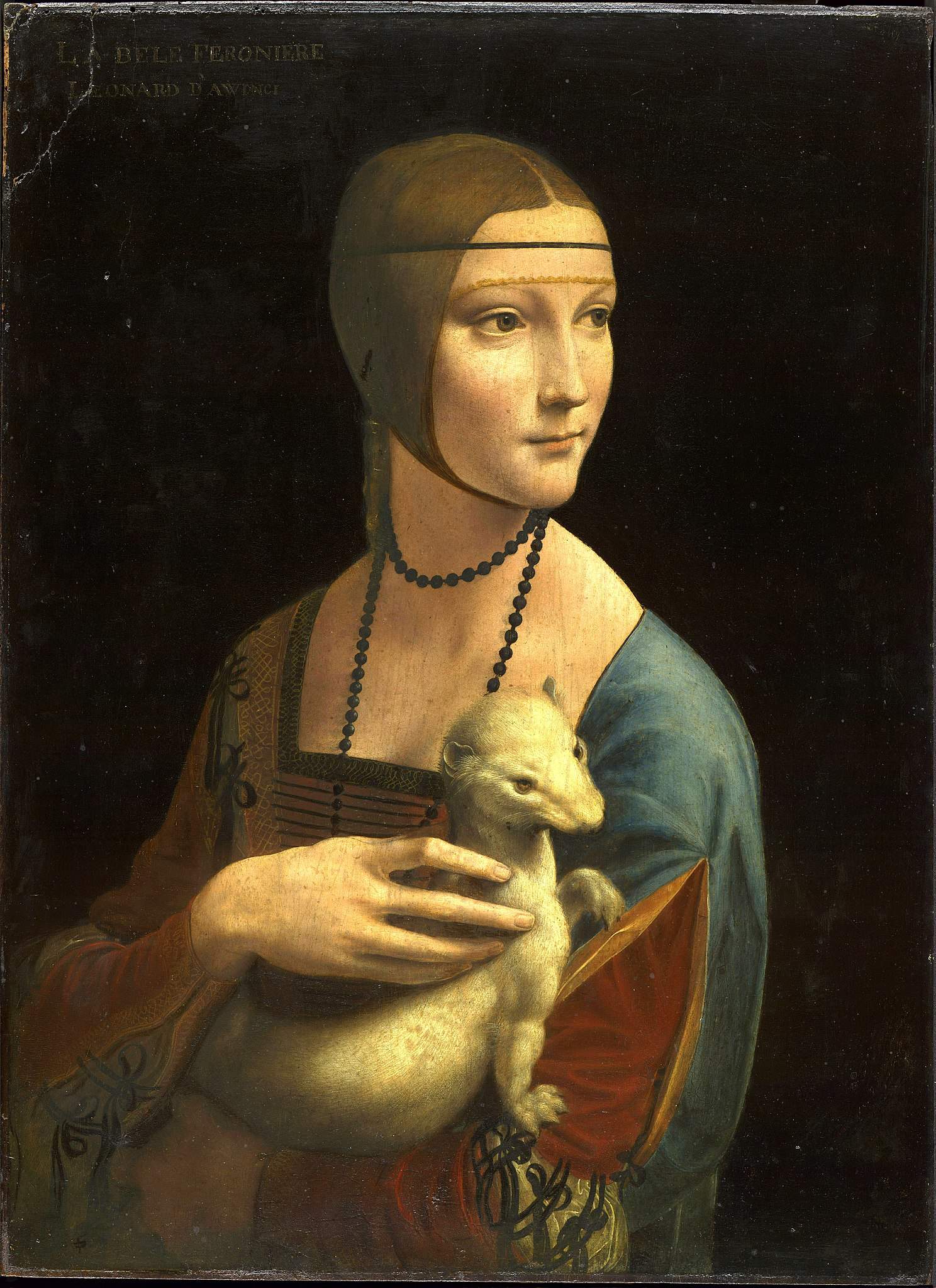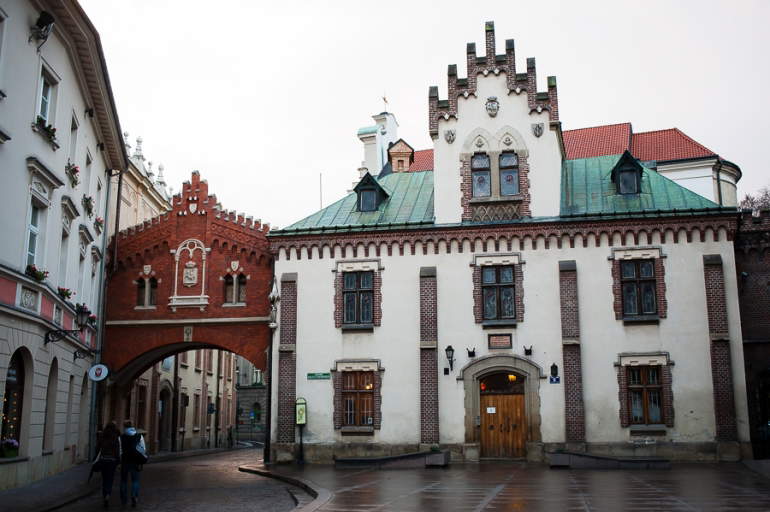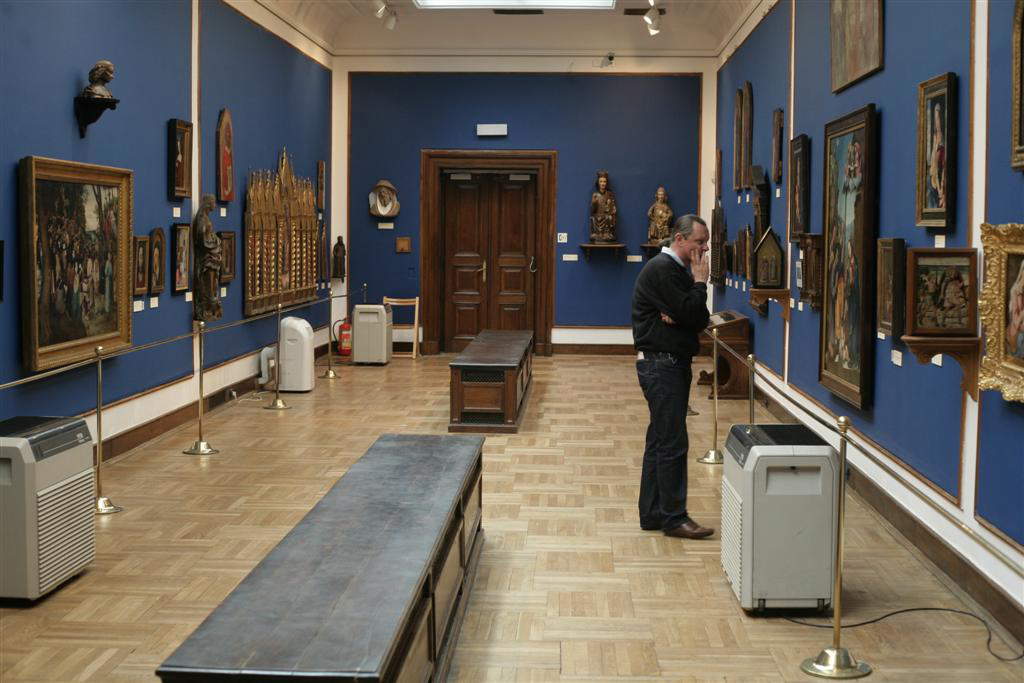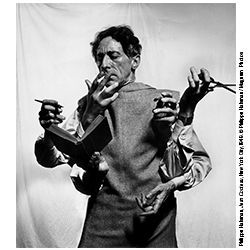The Czartoryski Museum in Kraków, the home of Leonardo da Vinci's Lady with an Ermine
When one thinks of the Czartoryski Museum in Krakow, it is natural to associate the name of this institution, arguably Poland ’s most famous art museum worldwide, with the masterpiece by Leonardo da Vinci that is preserved here, the Lady with an Ermine. In fact, we have no idea where the painting was until 1798, when it was purchased on the Italian antiques market by Prince Adam Jerzy Czartoryski, son of the founder of the large family collection, Princess Izabela Czartoryska, who had started the collection in 1796 with the aim of preserving Polish heritage in a very special historical era for the country, that of the “Partitions of Poland,” the events by which, in 1772, 1793 and 1795, the powers in the area divided the territory of the Polish-Lithuanian Confederation. Adam Jerzy, however, was also interested in foreign works of art, which is why he wanted to purchase Leonardo’s masterpiece, which, moreover, soon also risked coming to a bad end: during the November Uprising, the 1830 rebellion of Poles against the Russian Empire, Princess Izabela, at the age of 84, had the lucidity to take the painting away from Krakow in fear of looting, to take it to the family palace in Sieniawa, a hundred kilometers to the south.
The work then followed the family’s exile to France and was in Paris for some time: the Lady with an Ermine did not return to Poland until 1869, when the Czartoryskis were able to return to their home country. After the Czartoryski Museum opened in 1878, a new trip became necessary during World War I to save the work: it was thus transferred to the Gemäldegalerie Alte Meister, to return to Krakow in 1920. But the suffered transfers were not over: in 1939 the Czartoryskis again had an inkling of what was about to happen and, before the Nazis occupied Poland, moved the painting back to Sieniawa. It was not a sufficient measure, however: the Nazis in fact discovered the painting, seized it, and sent it to the Kaiser Friedrich Museum in Berlin. In 1940, the governor-general of occupied Poland, Hans Frank, obtained to have it returned to Krakow, but not to return it to its rightful owners: simply to hang it in his office in Wawel Castle. Frank kept the work with him at all times: after the war, it was found in the former governor’s country house in Schliersee, Bavaria, and was returned to Poland in 1946, where it could again be displayed in the Czartoryski Museum. Since then, the Lady with an Ermine has moved only for exhibitions (twice even to Italy: to Rome and Milan in 1998 and to Florence in 1999). The last trip, between 2017 and 2019, but only a few meters: Leonardo’s masterpiece was in fact exhibited at the National Museum in Krakow during the renovation of the Czartoryski Museum.
Princess Izabela’s interests initially did not involve art: in fact, the noblewoman loved collecting memorabilia from Polish history, initially housed in the family palace in Pulawy. To display some of the works, at the turn of the century the princess also had a “Temple of Memory” built in the gardens of her palace. The temple opened in 1801 and was Poland’s first museum, with displays of historical objects from Wawel Cathedral and the Royal Castle, as well as works and artifacts donated by other noble families. Visitors, upon entering the Temple, could see the inscription “Przeszlosc Przyszlosci” (i.e., “The Past to the Future”) that made explicit the museum’s intent: to preserve the objects of the past to build the future.
 |
| Exterior of the Czartoryski Museum. Photo by Zygmunt Put |
 |
| The “Temple of Memory” in a 19th-century engraving |
 |
| Leonardo da Vinci, Lady with an Ermine (c. 1490; oil on panel, 54.8 x 40.3 cm; Krakow, Czartoryski Museum) |
 |
| Exterior of the Czartoryski Museum |
 |
| Interior of the museum. Photo by Allie Caulfied |
 |
| Interior of the museum |
Today’s museum opened its doors much later: it was 1874 when the city of Kraków offered Prince W�?adys�?aw Czartoryski a building that had formerly served as the municipal arsenal so that he could open a museum there with works from the family collection. The offer was accepted, and one of the greatest architects of the time, Eugène Viollet-le-Duc, was called in to arrange the building.Thus, in 1878, almost a hundred years after Princess Izabela had opened the first museum in Pulawy, the present museum could open its doors, directed by Prince W�?adys�?aw, who throughout his life, until 1894, continued to enrich the collections. Much of these unfortunately went missing during World War II (the most painful loss being the Portrait of a Young Man attributed to Raphael, a painting also copied by Van Dyck during his stay in Italy). And for the family the problems were not over, because after the war the communist government of Poland claimed ownership of the institute, which was returned to its rightful owner, Prince Adam Karol Czartoryski, only in 1991. Since that date, the museum has been managed by the Princes Czartoryski Foundation, while the National Museum in Krakow has taken over the preservation of the works. The latest chapter in the museum’s history, even after renovations that started in 2010 and were completed in 2019, dates back to December 2016, when the Foundation sold the entire collection of the Czartoryski Museum and Czartoryski Library to the Polish state for the sum of one hundred million euros (not without controversy, since the negotiations remained secret for a long time). Today, therefore, the Czartoryski Museum is a section of the National Museum but continues to maintain a certain autonomy.
In any case, Leonardo da Vinci’s work is not the only noteworthy of those that are part of the Czartoryski Museum. The Italian art section includes paintings by artists such as Vincenzo Catena, Carlo Crivelli, Andrea Mantegna, and Palma the Elder. Then there are important Flemish works by authors such as Joos van Cleve and Dieric Bouts. German art is also well represented: Hans Holbein and Lucas Cranach the Younger appear among others. And then again the Dutch such as Jan Mostaert, Antonis Mor, and Jacob Jordaens. These works are then joined by a section on classical statuary as well as one on the history of Poland (one room is entirely devoted to portraits of Polish kings and politicians from the 14th to the 18th century, and of course there are large sections reserved for the portraiture of the Czartoryski household).
Finally, the Great Library, founded by Prince Adam Kazimierz Czartoryski and his wife Izabela in 1770, deserves a mention. Following the November Uprising, the library was also moved from the family palace: part of it was deposited in Sieniawa, while the rest went to Krasiczyn, Kraków, and Kórnik. After Adam Jerzy Czartoryski settled in Paris in 1834. After other vicissitudes, in 1876 the institute also made its library holdings available to the public. The library’s fortunes have since followed those of the museum. And it too, in December 2016, was purchased by the Polish state.
 |
| The Czartoryski Museum in Kraków, the home of Leonardo da Vinci's Lady with an Ermine |
Warning: the translation into English of the original Italian article was created using automatic tools. We undertake to review all articles, but we do not guarantee the total absence of inaccuracies in the translation due to the program. You can find the original by clicking on the ITA button. If you find any mistake,please contact us.





















